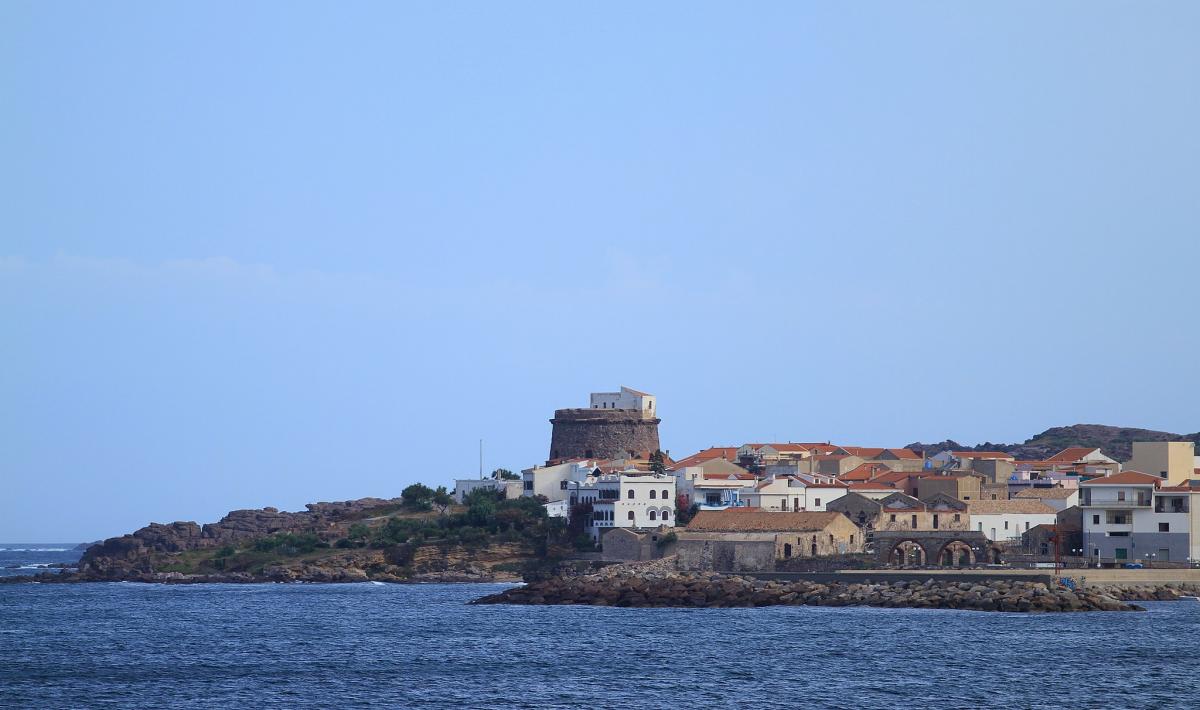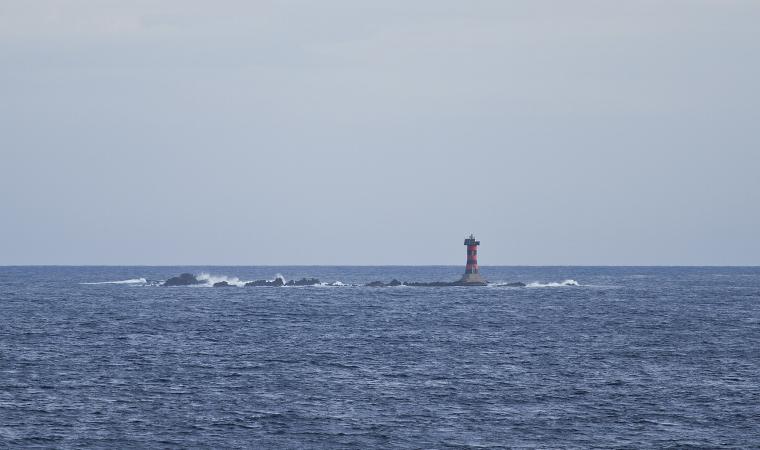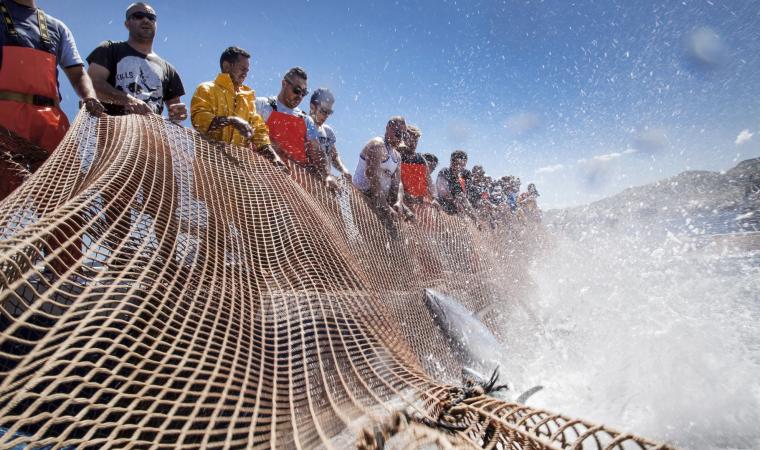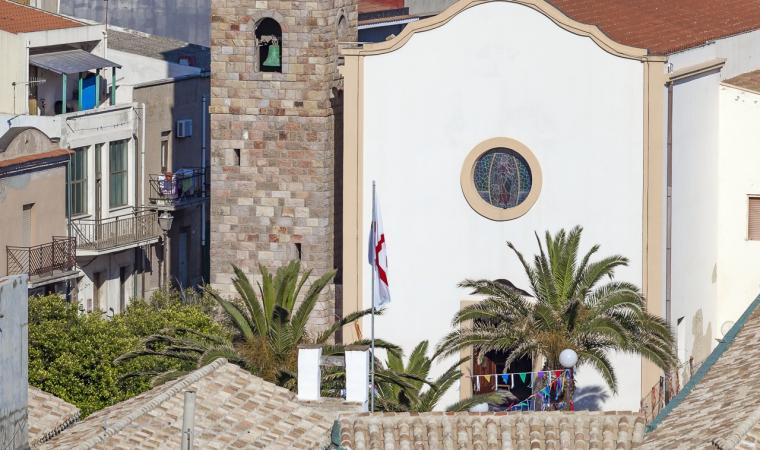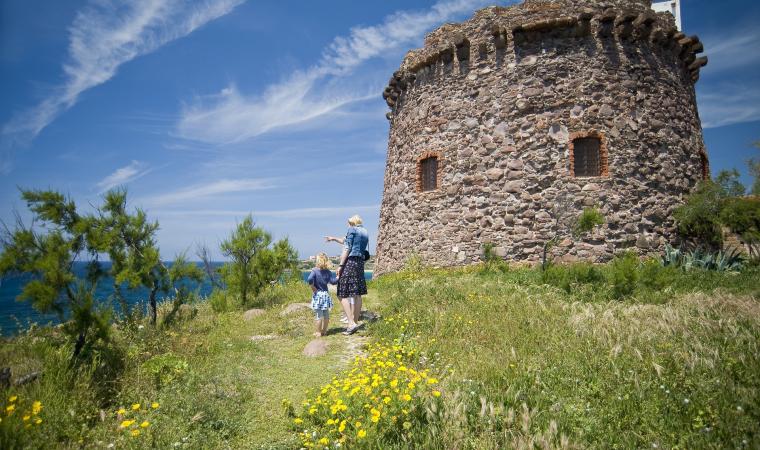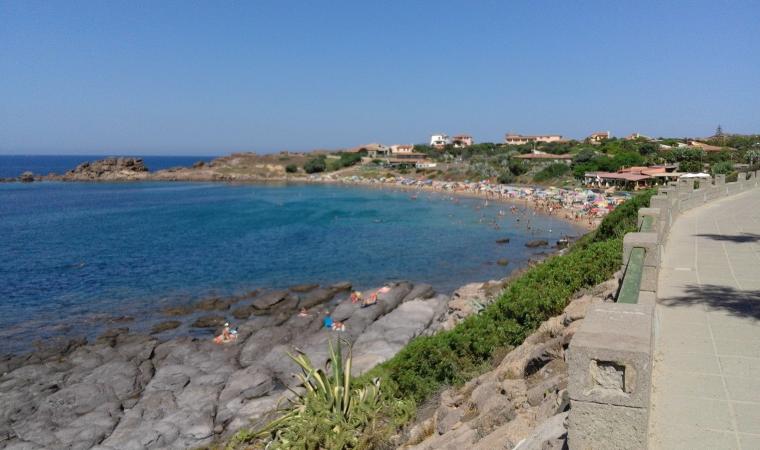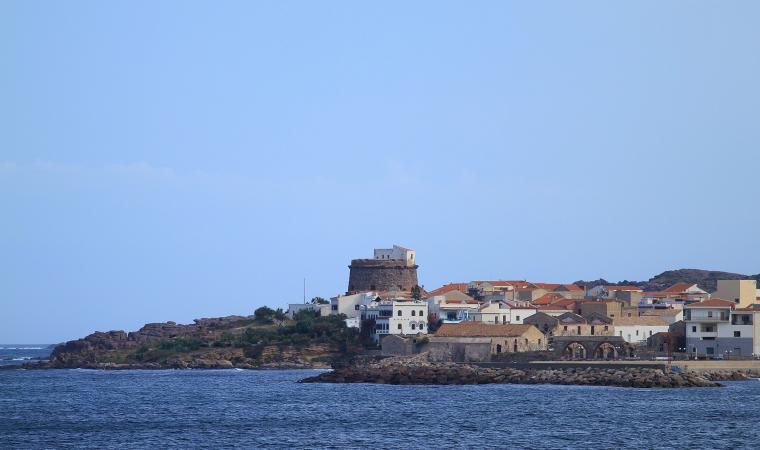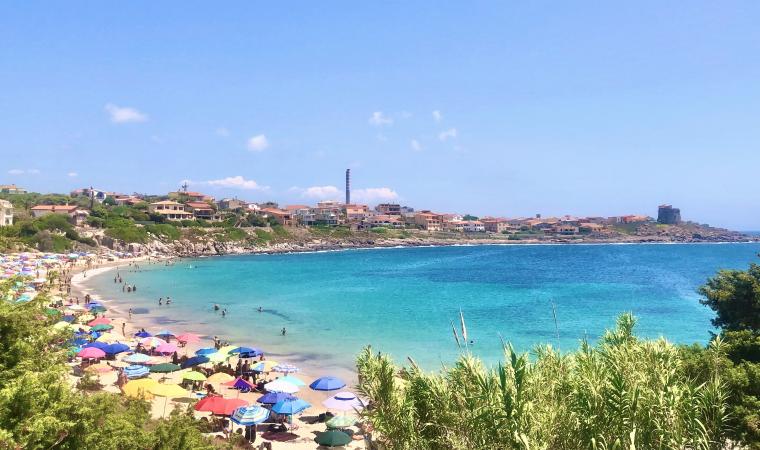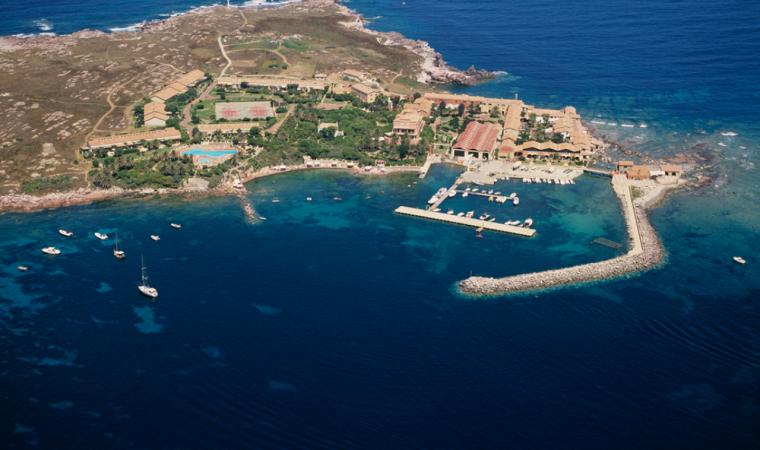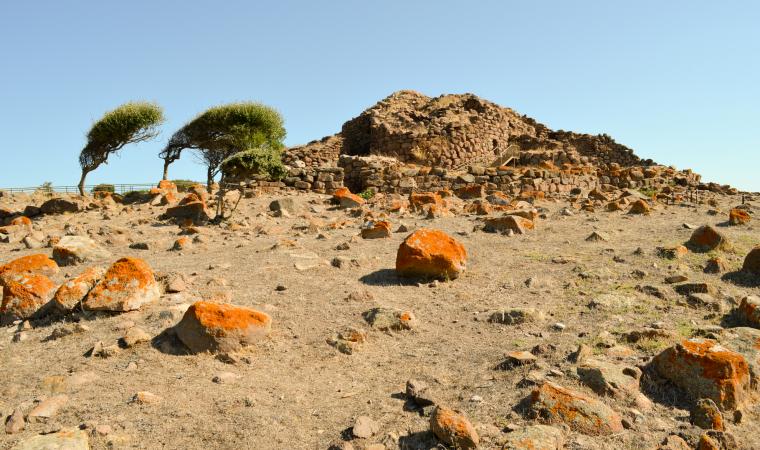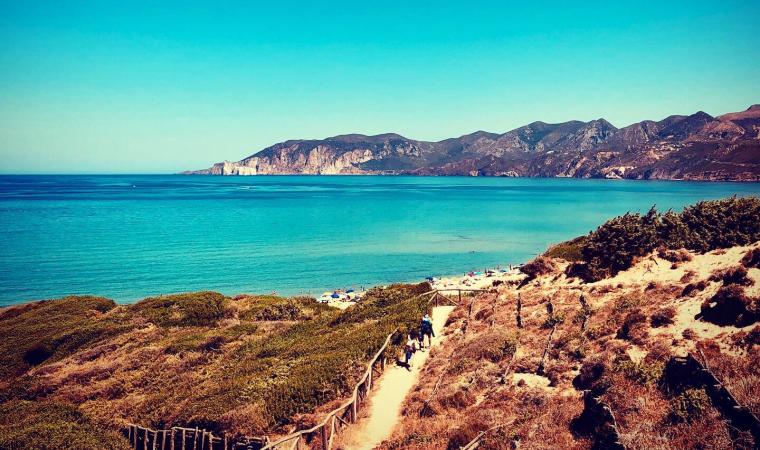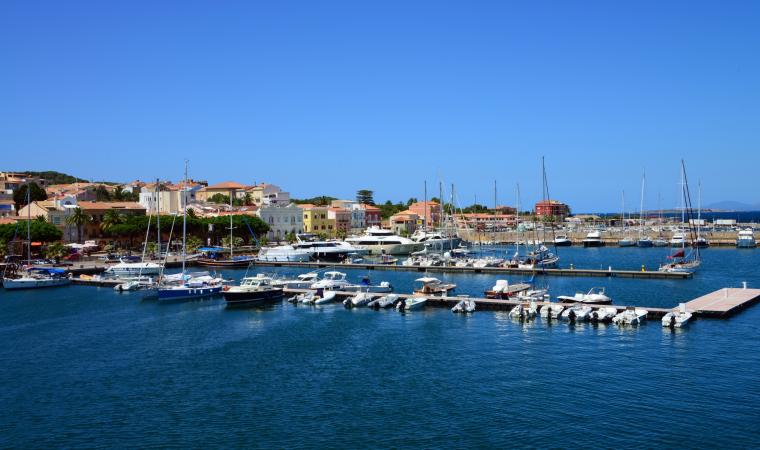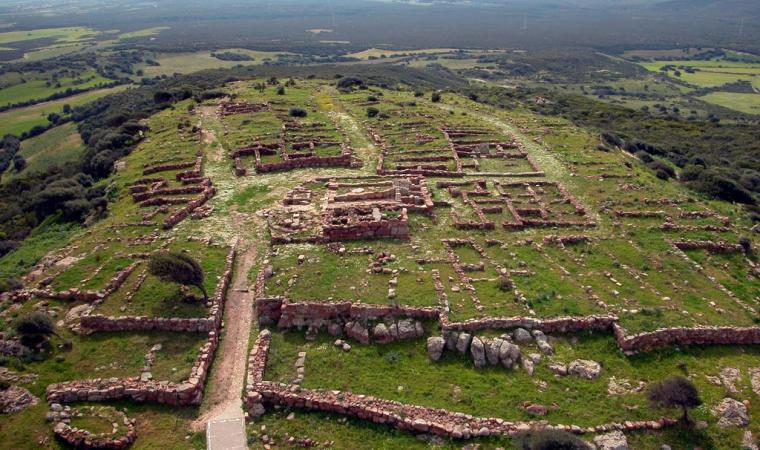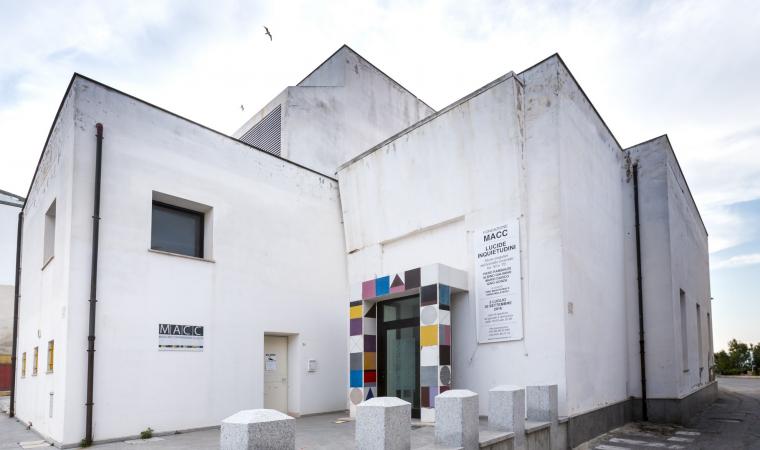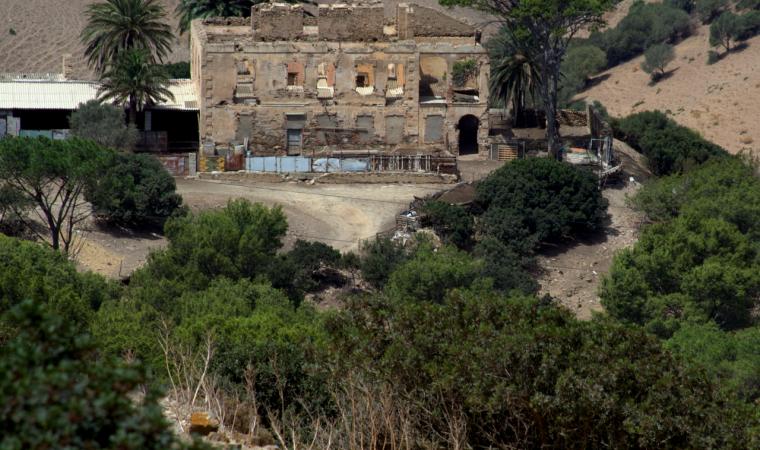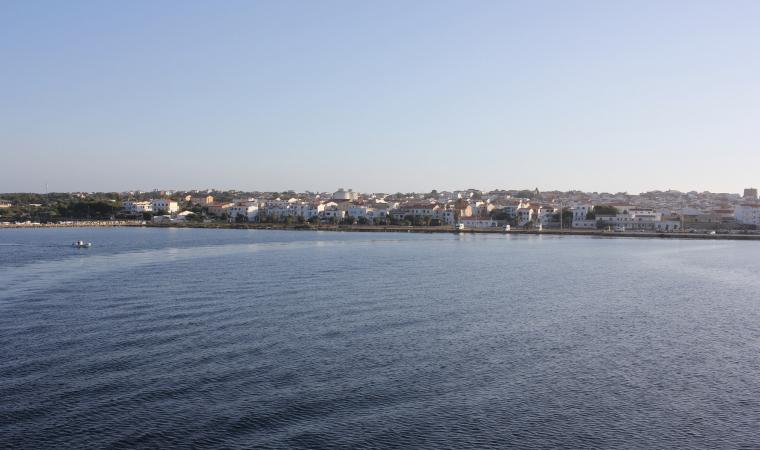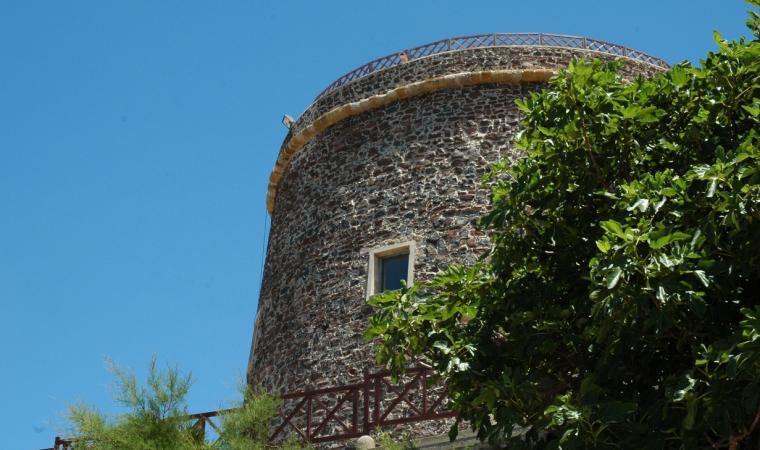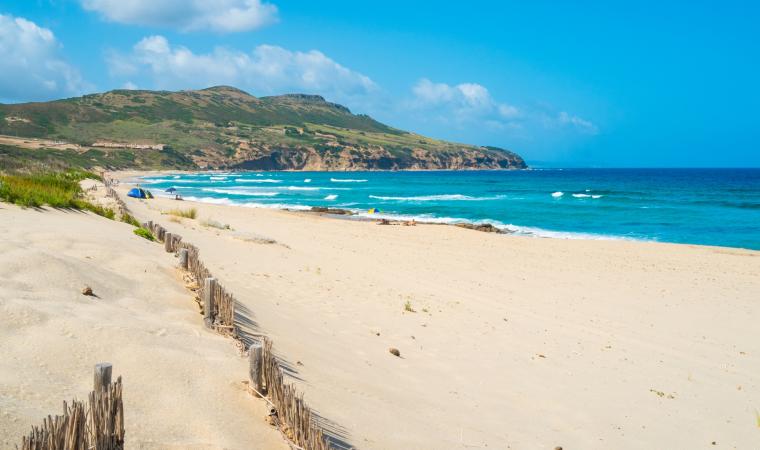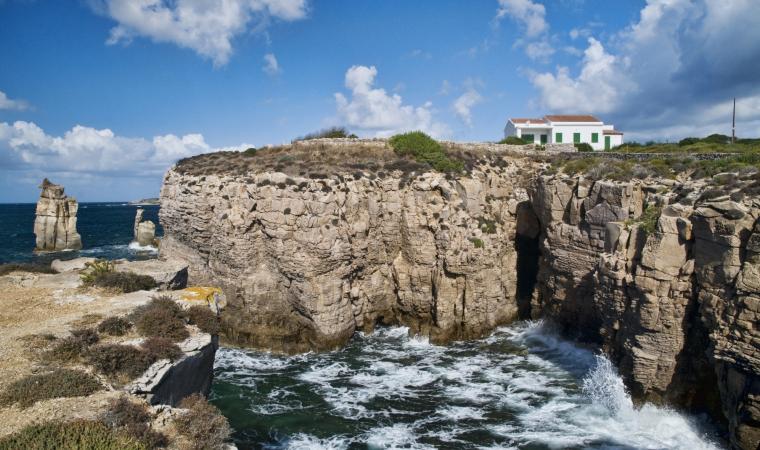Its port stands before the enchanting San Pietro Island and connects Sardinia to Carloforte, one of the major tourist resort islands. Portoscuso, populated by over 5,000 inhabitants, was founded in the late-16th century during Spanish domination, as a village based on fishing and coral miners hailing from Sardinia and also Sicily, Ponza, Marseille and Majorca. From the village of Puerto Escuso (‘hidden port’) grew an important commercial port, protected by a 16th-century tower in tuff and trachyte. Rising up on a hill, it offers wonderful views spanning from Cala della Ghinghetta to Portopaleddu (or Porto Paglietto), two beautiful coastal attractions with clear seas and fine sand. Next to the tower rising up in the mid-17th century is the Tonnara di Su Pranu.
Even today, the historic structure comes to life between May and June for Le Mattanze (traditional fishing activity) with the town, together with Carloforte, being famous for its tuna fishing. Built around Su Pranu throughout the centures were houses, warehouses for processing and the Church of Santa Maria d’Itria (1655), in honour of the patron saint of ‘tonnarotti’ (tuna fishermen) celebrated 50 days after Easter, with sporting events, music and folk dancing. Inside the Tonnara is the Church of Sant’Antonio da Padova. Not to be missed is the Sagra del Tonno (tuna festival), with delicious recipes to be savoured. Together with Sagra del Granchio (crab festival) in June, and the Arrusteddara featuring grilled fresh fish in mid-August, these are the major gastronomic events of Portoscuso. Not to be missed is the Villa Su Marchesu, of the noble Pes di Villamarina, baron of the Isola Piana, another ‘pearl’ of the Archipelago of Sulcis. Surrounded by mineral deposits and vineyards of Carignano, Portoscuso became an important industrial centre with the construction of the chemical pole of Portovesme in the second half of the 20th century. Its coastal territory, as well as soft stretches of sand including the unmissable Is Canelles, is characterised by scenic cliffs overlooking the sea, especially those of Costa Crobettana. The inland area has been inhabited since ancient times. The Domus de Janas of Guroneddu date back to the Neolithic age, the burial caves and megalithic circles of Su Medadeddu and Piccinu Mortu (later becoming a Punic necropolis) date back to the Copper age, whilst coming from the Bronze age are the sites of Punta Niedda and Stangioni (subsequently a Phoenician-Punic and Roman necropolis), along with the Nuraghic structures including Atzori and Bacu Ollasta surrounded by villages of huts. The area was frequented by Phoenician, Punic and Roman populations. The greatest archaeological remnants are in San Giorgio, with a Punic necropolis comprised of eleven sepultures (770-750 BC).

